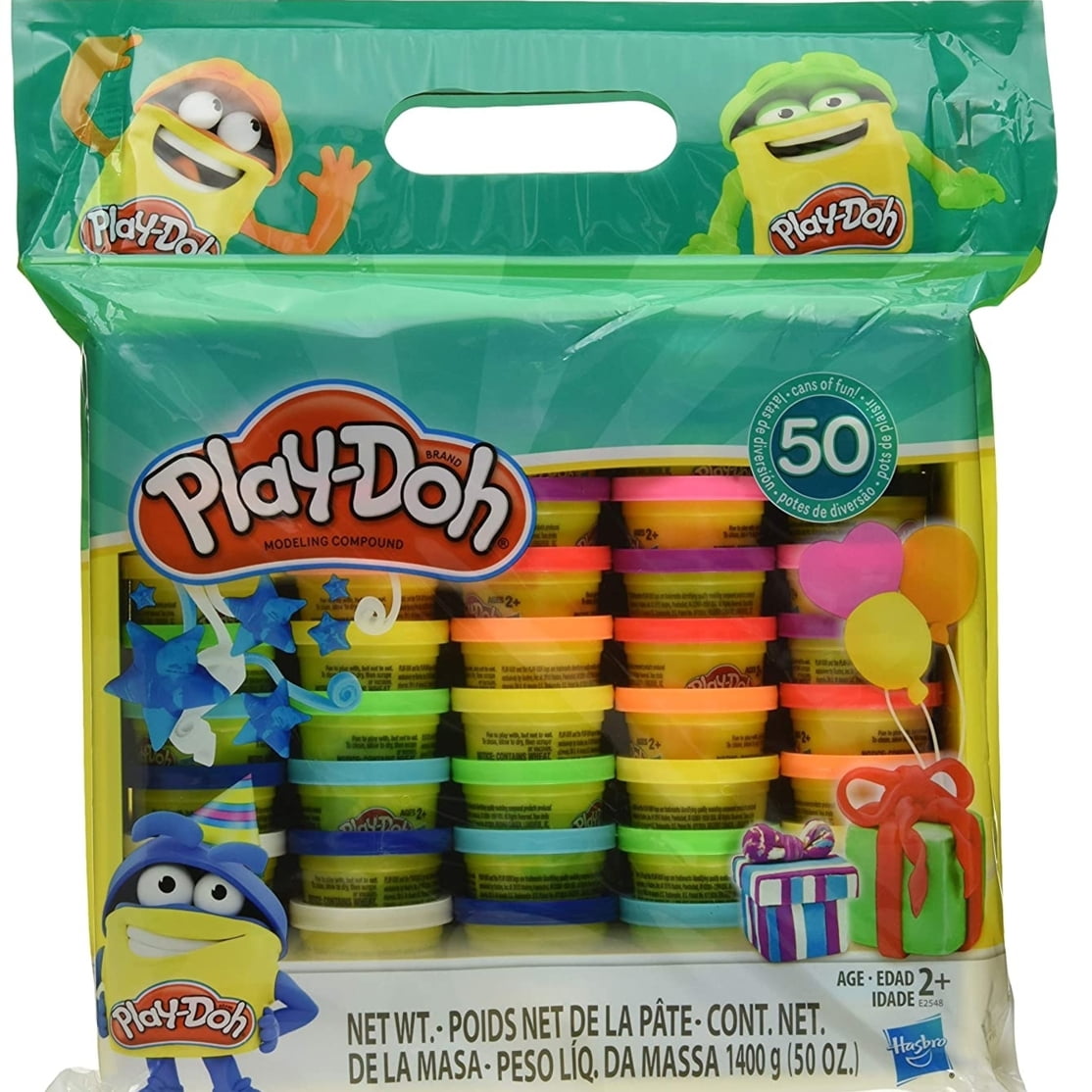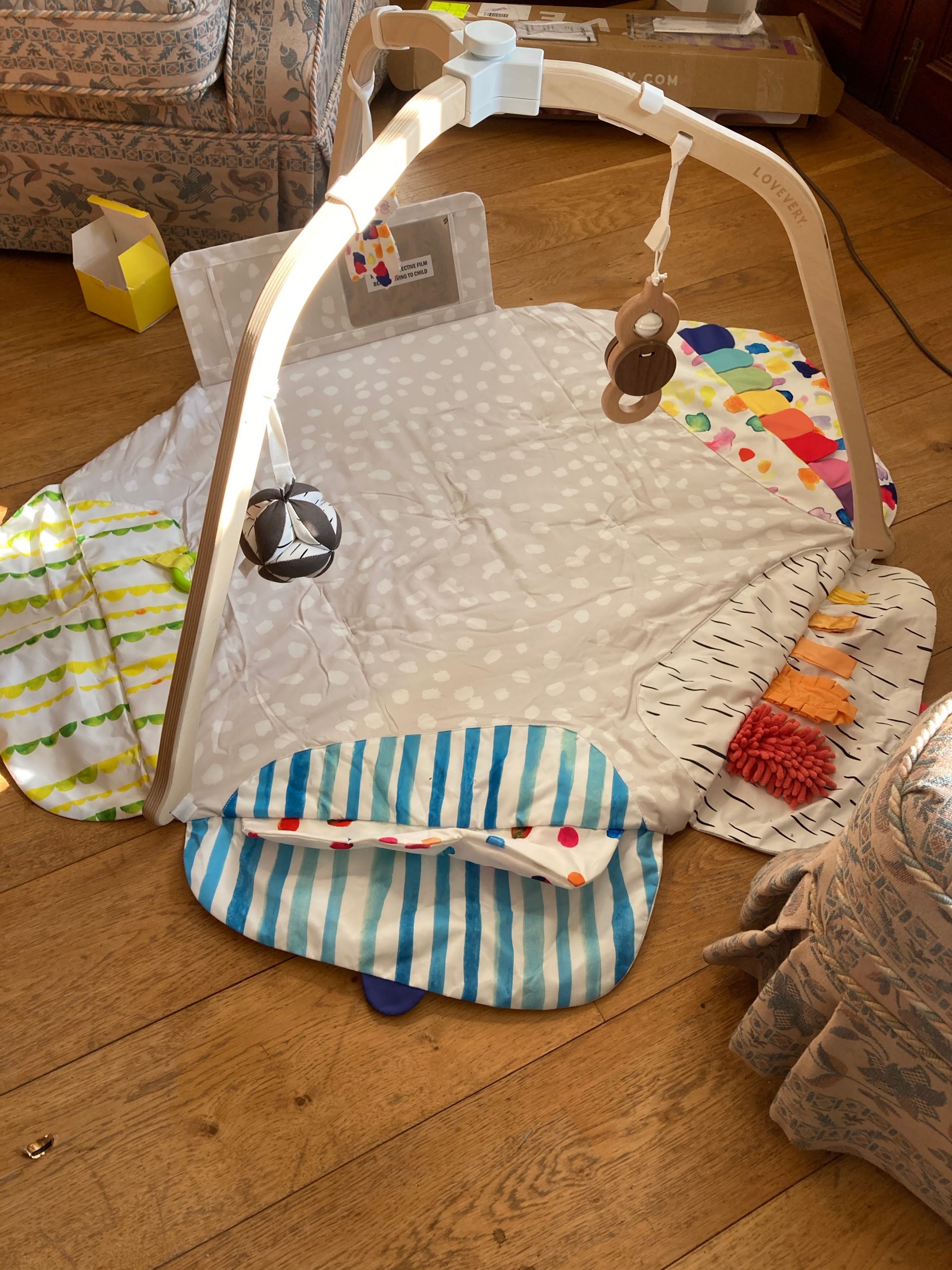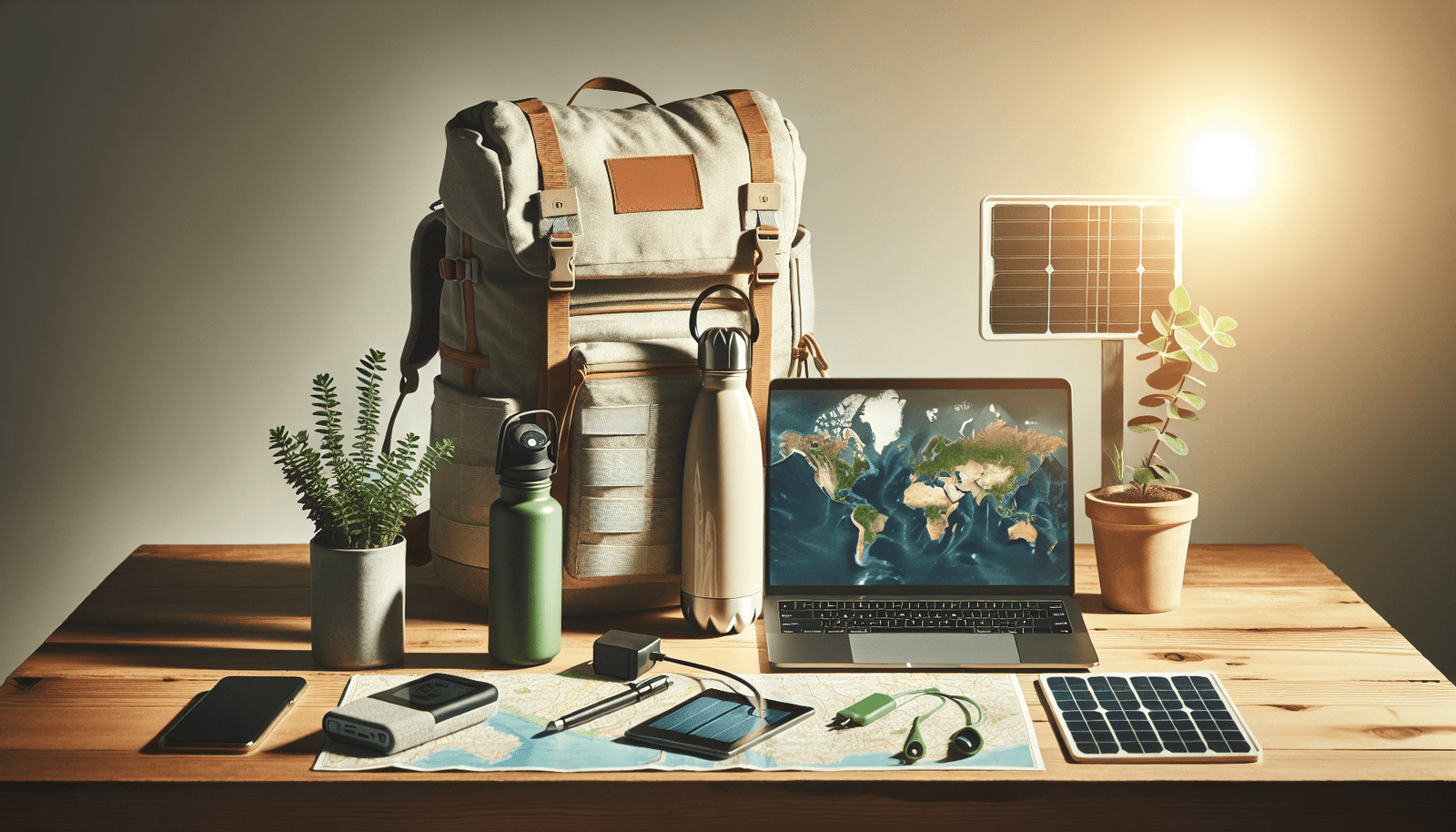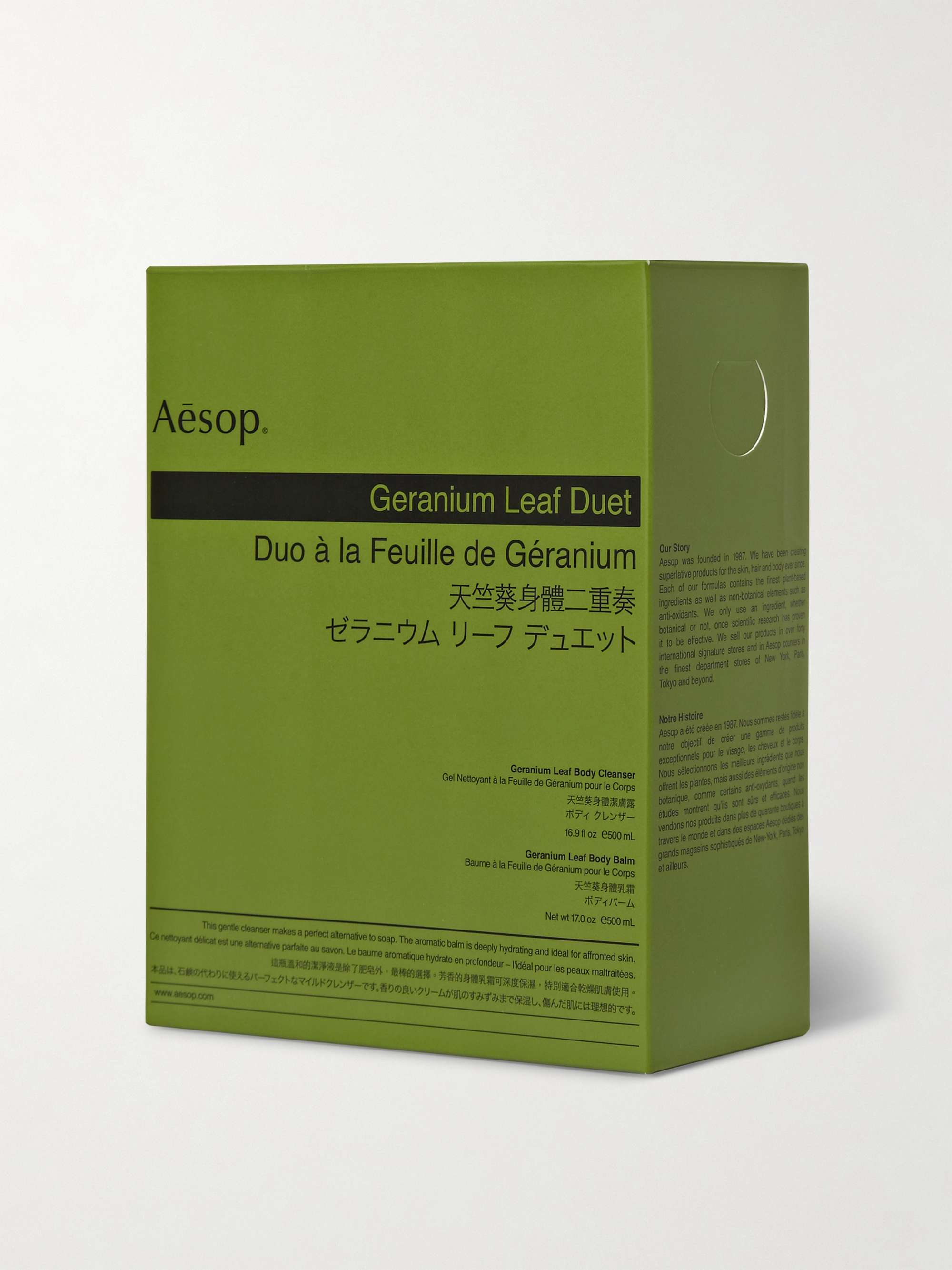Discover Pandipedia
Pandipedia is the world's first encyclopaedia of machine generated content approved by humans. You can contribute by simply searching and clicking/tapping on "Add To Pandipedia" in the answer you like. Learn More
Expand the world's knowledge as you search and help others. Go you!
Let's look at alternatives:
- Modify the query.
- Start a new thread.
- Remove sources (if manually added).
- Request a manual search from our human research team.
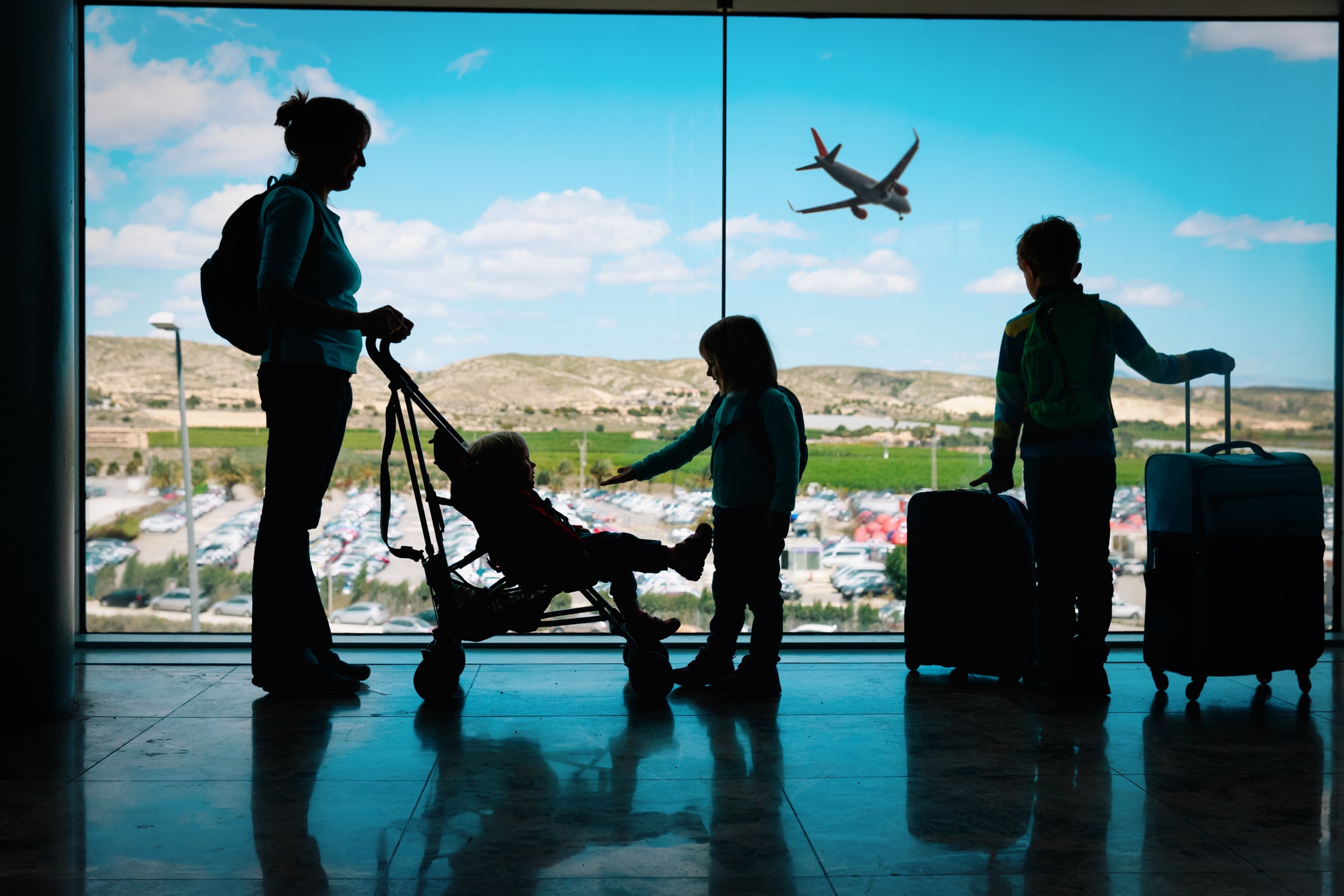
Traveling with kids can be a rewarding yet challenging experience. To help families create memorable moments while minimizing stress, here are some key strategies and tips drawn from a variety of trusted sources.
Plan and Book in Advance
One of the most effective strategies for a smooth family trip is to plan well ahead of time. Booking flights and accommodations well in advance can often lead to better prices and ensures that families can sit together on flights. For popular family destinations, securing tickets for attractions early can help avoid long lines and ensure you don’t miss out on must-see sites[2][4].
Choose the Right Destination

Selecting a family-friendly destination is crucial for a successful trip. Areas with diverse activities that cater to all ages, such as theme parks, nature reserves, and educational sites, can keep everyone entertained. For instance, destinations like Costa Rica and Italy offer a mix of adventure and cultural experiences perfect for families[1][3].
Pack Smart

Packing smart is vital when traveling with kids. Each family member should have a lightweight suitcase, and it’s helpful to let kids pack their own bags. The excitement of choosing their own clothes can make them more involved in the trip[4]. It's also recommended to pack extra clothes and essentials, such as snacks and entertainment for transit times. Always include a few Ziploc bags for storing wet or dirty items that may arise during the journey[4].
Keep Kids Entertained

To make travel more enjoyable for kids, consider bringing along new toys or activities. Introducing hidden toys or surprises can keep them engaged during long waits or flights. Mess-free coloring books and compact games are great options to minimize clutter[2][5]. Digital entertainment is also essential; downloading movies or shows prior to departure ensures kids have something to watch in case of in-flight entertainment issues[4].
Consider Special Accommodations
Choosing the right place to stay can greatly enhance your trip. Kid-friendly hotels often offer amenities like pools, kids' clubs, and convenient dining options. Family suites or connecting rooms provide space and privacy, which is especially valuable with older children[2][3]. All-inclusive resorts can also simplify the experience by providing meals and activities in one price[4].
Be Flexible and Prepared for Changes
Traveling with kids often requires flexibility. Delays and changes in plans are common, so maintaining a relaxed attitude can help everyone keep their spirits up[2]. It’s wise to leave some parts of your itinerary open for spontaneous adventures such as exploring a local park or visiting a unique museum that captures the kids' attention[4][5].
Embrace Local Cultures
Engaging with local cultures can enrich your family's travel experience. This can be as simple as trying local food, participating in cultural festivals, or visiting historical sites that are interesting to children. For example, many destinations offer interactive opportunities, like cooking classes or guided tours that focus on the local history and lifestyle[1][3].
Utilize Technology for Safety and Convenience
In today’s world, technology plays a vital role in travel planning. Apps can assist with navigation, restaurant bookings, and finding kid-friendly attractions, making the travel experience smoother[5]. Moreover, many airlines offer family boarding options which can be utilized to minimize wait times at the gate[2].
Manage Expectations
Understanding that not everything will go perfectly is essential. If you can communicate with children beforehand about what to expect—like long car rides or busy days—it can set appropriate expectations and reduce potential meltdowns[4]. Planning downtime in your itinerary allows everyone to recharge and enjoy the less structured aspects of travel, like exploring a new locale at a leisurely pace.
Final Thoughts
Traveling with children can be a delightful adventure filled with fun and learning. By planning ahead, packing wisely, being flexible with your itinerary, and taking advantage of family-oriented resources, you can create a memorable experience that strengthens family bonds and encourages an appreciation for exploration. Whether you're heading to a theme park, a serene beach, or a vibrant city, these strategies will help ensure that your family travel experience in 2024 is enjoyable and stress-free[1][2][4][5].
Let's look at alternatives:
- Modify the query.
- Start a new thread.
- Remove sources (if manually added).
- Request a manual search from our human research team.
Get more accurate answers with Super Search, upload files, personalised discovery feed, save searches and contribute to the PandiPedia.

Immanuel Kant (1724–1804) was a German philosopher who is widely regarded as one of the most significant thinkers of the Enlightenment. He was born in Königsberg (now Kaliningrad, Russia) and spent his entire life in that city. Kant's philosophical work synthesized early modern rationalism and empiricism, significantly influencing areas such as metaphysics, epistemology, ethics, and aesthetics. His critical philosophy, especially articulated in his three major works known as the Critiques—Critique of Pure Reason (1781), Critique of Practical Reason (1788), and Critique of Judgment (1790)—focused on the concept of human autonomy and the role of reason in establishing moral law and scientific knowledge[2][3][4].
Kant's early upbringing in a Pietist family shaped his educational journey, culminating in his theological studies at the University of Königsberg. He initially worked as a private tutor, gaining a reputation for his lectures in philosophy, mathematics, and natural sciences. In 1770, he became a professor of logic and metaphysics at the University of Königsberg, a position he held until his retirement[1][2][3][4].
Kant's best-known contribution to ethics is the concept of the 'categorical imperative,' which suggests that moral actions are determined by rational laws that must be universally applicable. He argued that moral worth comes from intent rather than consequences, establishing a framework for moral reasoning based on duty[4][5]. His philosophical inquiries also aimed to reconcile the perceived conflicts of reason with the principles of morality and religious belief during a time of significant intellectual upheaval[2][4].
Kant wrote extensively throughout his life, producing key works that explored the structure of human knowledge and the limits of metaphysics, ultimately asserting that while we can know phenomena, the noumenal world remains beyond our cognitive reach[3][4]. His life was characterized by an orderly routine, and he is noted for his disciplined approach to daily living[4]. Kant passed away in 1804, leaving a profound impact on modern philosophy and thought[3][4].
Let's look at alternatives:
- Modify the query.
- Start a new thread.
- Remove sources (if manually added).
- Request a manual search from our human research team.
Let's look at alternatives:
- Modify the query.
- Start a new thread.
- Remove sources (if manually added).
- Request a manual search from our human research team.

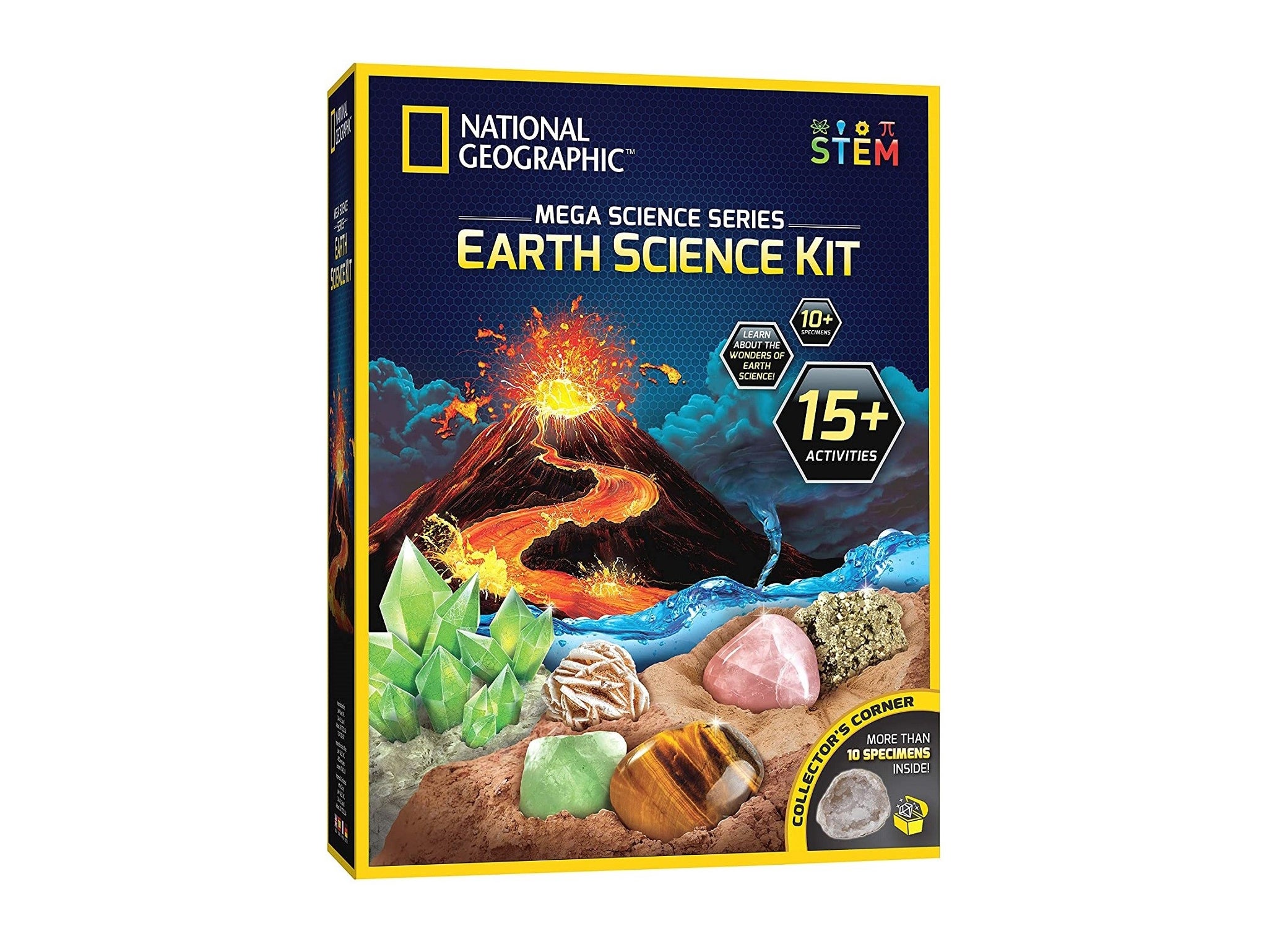
National Geographic Explorer Earth Science Kit
A hands-on STEM kit featuring five experiments that encourage scientific discovery and exploration of earth sciences[1].

Smartmax My First Sounds and Senses
A magnetic toy set designed to develop sensory play and fine motor skills for toddlers[1].

Stomp Rocket Junior Glow
An outdoor toy that introduces concepts like gravity and force while providing hours of fun as kids launch foam rockets[1].

GeoSafari Jr. Talking Microscope
A playful introduction to science where children can explore slides and listen to the voice of Bindi Irwin as they learn about the world around them[3].
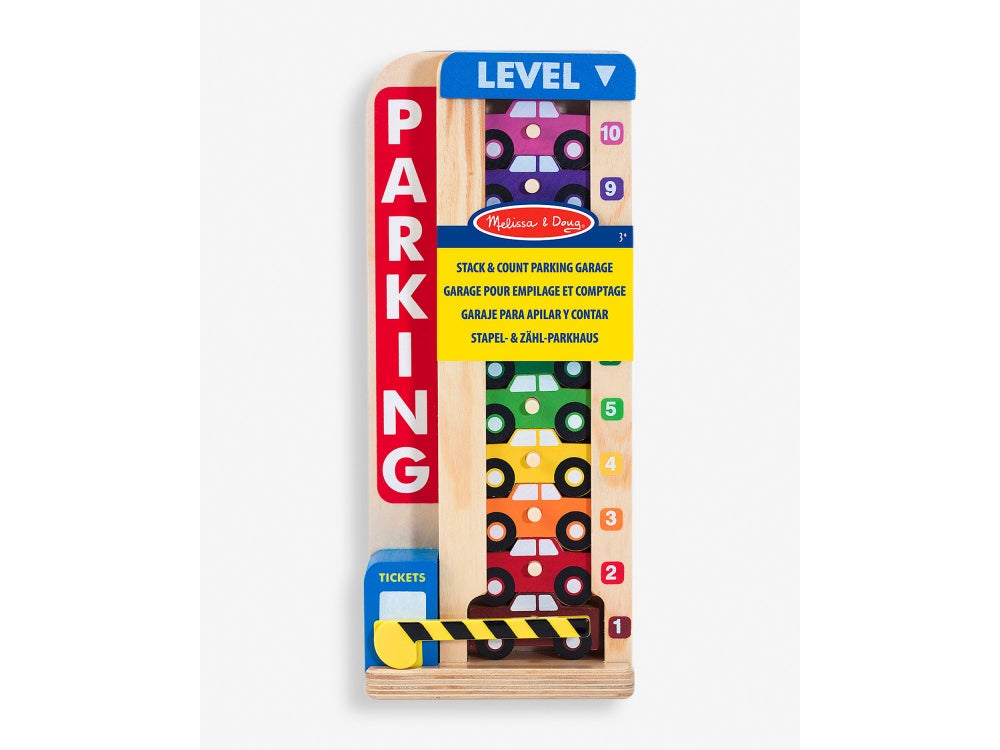
Melissa & Doug Stack & Count Parking Garage
A wooden toy that combines early math skills with imaginative play as children stack cars and practice counting[1].
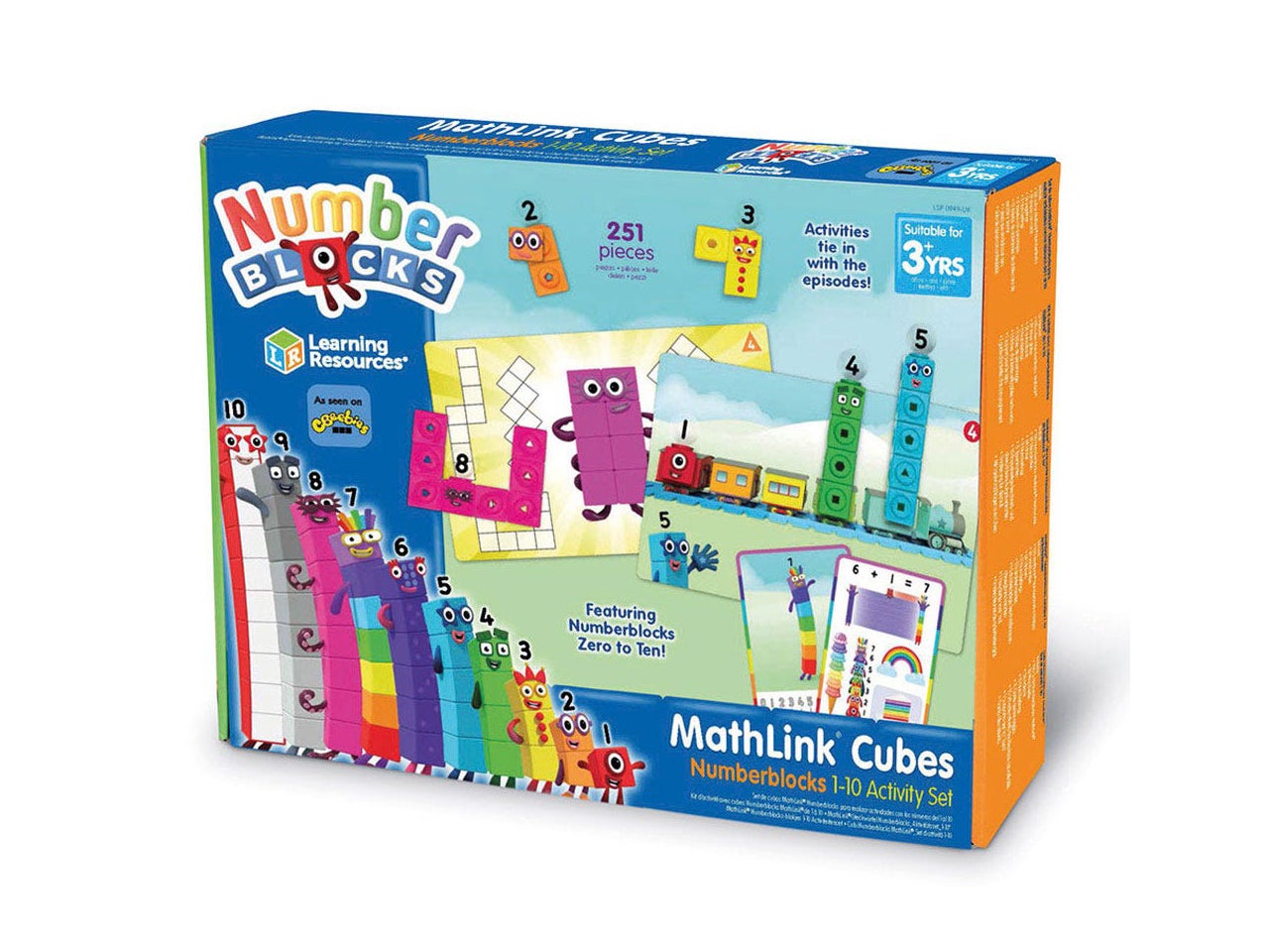
Numberblocks Mathlink Cubes
This set connects learning to a popular kids' show, helping children build characters and develop basic math skills through fun activities[1].
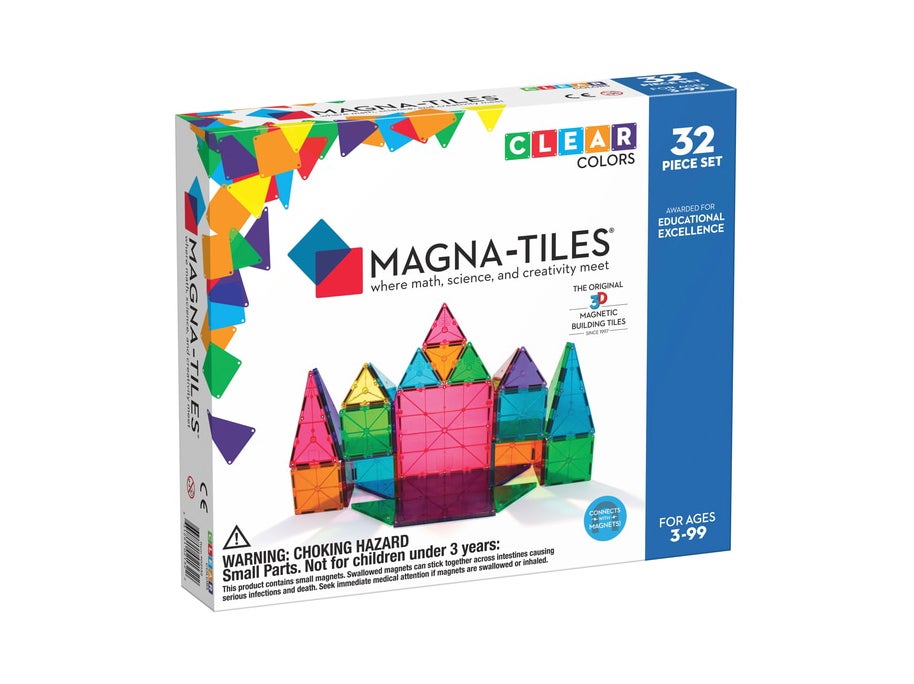
Magna-Tiles Clear Colours
These magnetic tiles encourage creative building and exploration while developing spatial reasoning and fine motor skills[3].

Osmo Genius Starter Kit
A digital learning tool for kids, combining physical pieces with interactive game elements on an iPad to build problem-solving skills[6].
KiwiCo Subscription Box
Monthly delivery of STEAM-based projects that engage children in hands-on learning experiences[6].
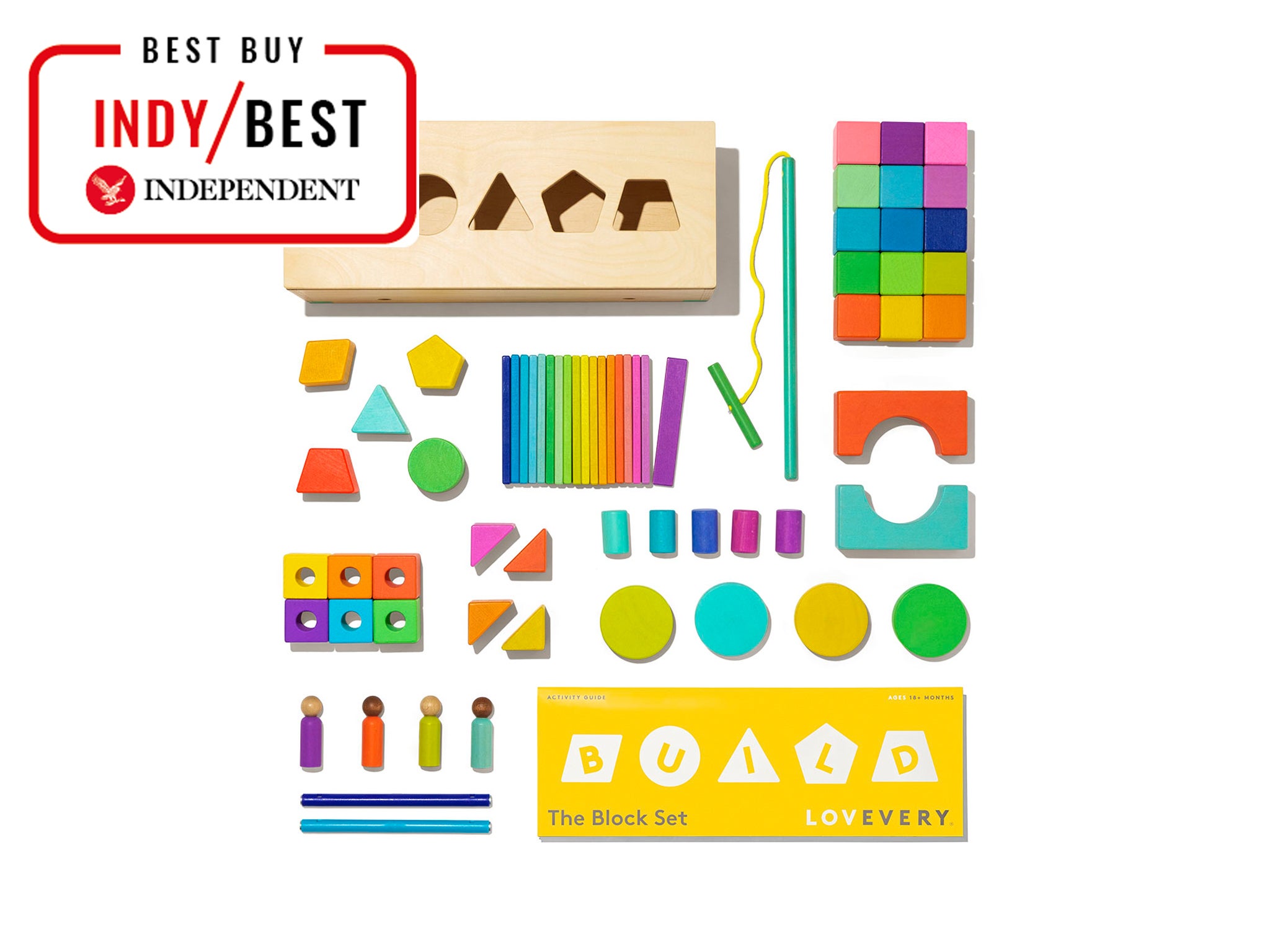
Lovevery Block Set
A comprehensive toy made of solid wood that fosters spatial awareness, creativity, and problem-solving through open-ended play[8].
Fat Brain Toys Bilibo
An open-ended toy that serves multiple purposes—encouraging imaginative play as a seat, stepping stone, or a base for other toys[4].
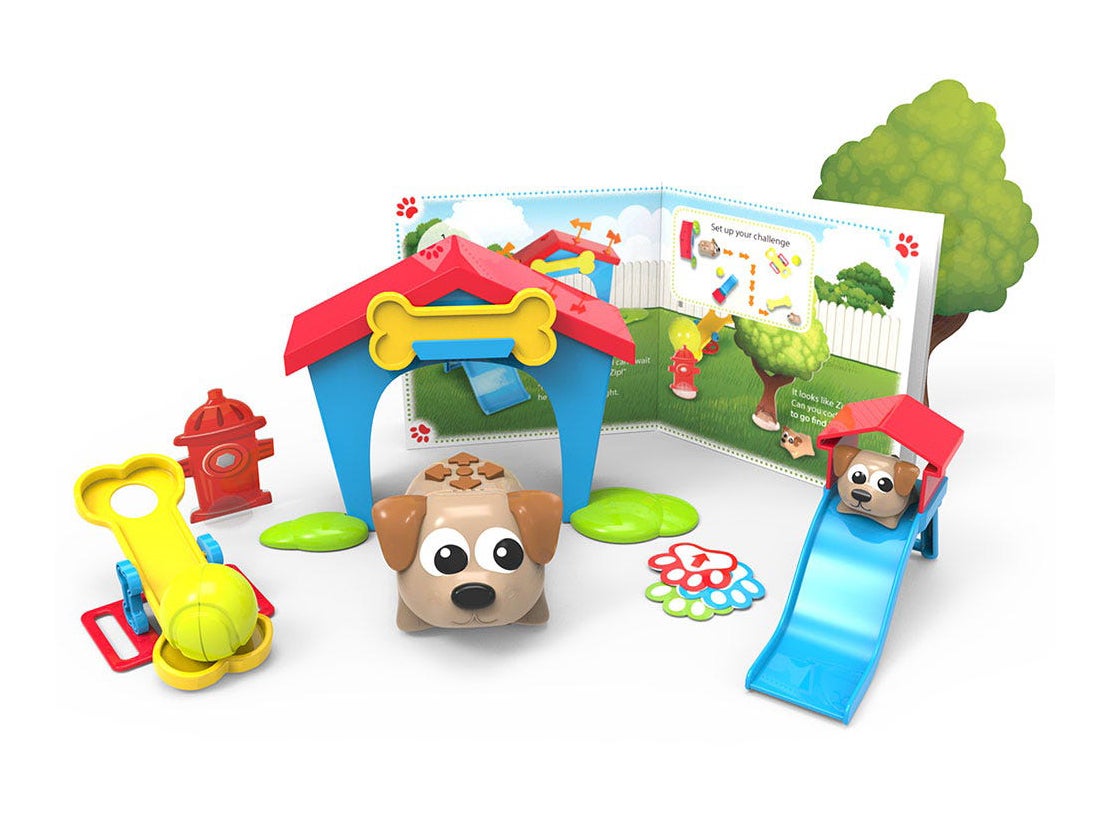
Learning Resources Coding Critters Ranger & Zip
An interactive coding toy that introduces programming concepts while engaging children in imaginative play with cute animal figures[1].
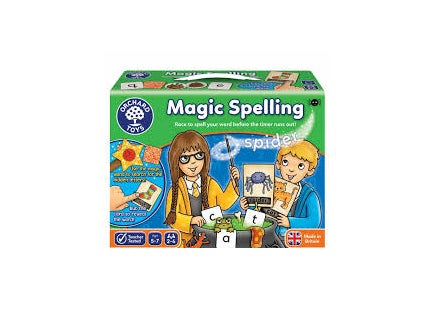
Orchard Toys Magic Spelling
A board game that balances fun with literacy skills, encouraging kids to build words while racing against the timer[1].
Play-Doh Modeling Compound
This classic craft material helps enhance fine motor skills as children mold and create various shapes with their imagination[5].
Dena Rainbow Play Set
A minimalist silicone playset for toddlers that fosters creativity and understanding of colors, counting, and construction concepts[1].

Crayola Light-Up Tracing Pad
An artsy toy for older kids that combines light and creativity, allowing them to trace scenes and engage in artistic expression[4].

VTech Sit-to-Stand Learning Walker
A versatile toy that encourages movement and supports early walking with interactive features[5].

Shashibo Shape-Shifting Box
A puzzle toy that transforms into multiple shapes through creative problem-solving and fine motor play[4].
Play Gym by Lovevery
A versatile mat that promotes sensory development and engagement with various activities for infants[6].

Coogam Wooden Spelling Game
A set designed for early literacy skills, allowing children to learn through interactive spelling activities[3].
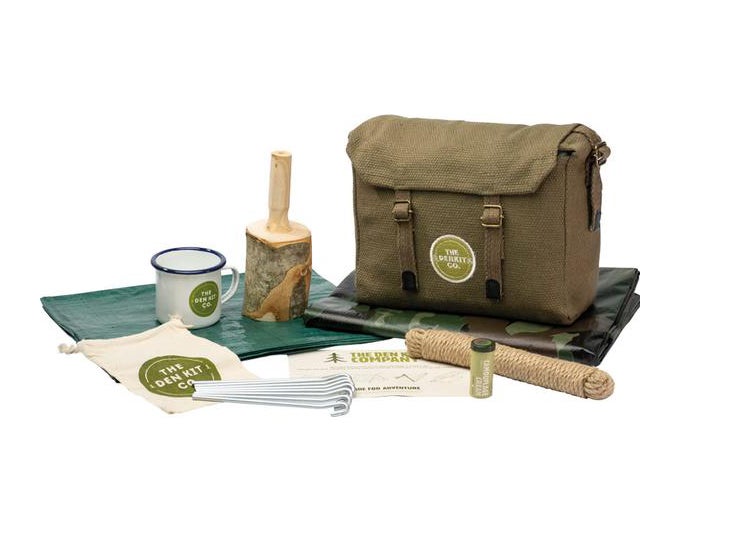
The Den Kit Company’s Original Den Kit
A set that promotes outdoor play and creativity as children build their own forts using various materials[1].

Infantino Textured Multi Ball Set
A sensory ball set designed for infants that encourages tactile play and gross motor skills[6].
Loulou Lollipop Silicone Stacking Cups
A versatile stacking toy that encourages fine motor skills and can be used in various play settings[5].
:max_bytes(150000):strip_icc():format(webp)/hape-rainbow-xylophone-bbe5d810611840cdbba87710af32c98f.jpg)
Hape Rainbow Xylophone
A fun musical instrument designed to introduce children to music and improve hand-eye coordination[6].

Coogam Color Sorting Clock
A toy that helps children learn to read analog clocks while encouraging color recognition and sorting skills[3].
Let's look at alternatives:
- Modify the query.
- Start a new thread.
- Remove sources (if manually added).
- Request a manual search from our human research team.
The weirdest mistakes most people make on the internet include:
Oversharing: Many forget that their online posts are permanently archived and accessible, which can pose risks when sharing sensitive details like passwords or personal conflicts[1].
Falling for phishing scams: People can be tricked into giving away personal information by clicking on malicious links or opening seemingly legitimate emails[1].
Failing to research and verify misinformation: The internet is filled with inaccurate data, and it's important to critically assess sources and cross-check information to avoid spreading falsehoods[1].
Engaging in harmful online behavior: The anonymity of the internet can lead individuals to engage in cyberbullying or harassment, forgetting that actions have real-world consequences[1].
Neglecting digital security: Using weak passwords, not updating security software, and sharing sensitive information over unsecured networks can leave users vulnerable[1].
Losing track of time: Spending excessive time online can lead to neglecting real-world responsibilities and relationships[1].
Additionally, there are common mistakes like accidentally sending messages to the wrong person or commenting on the wrong post, which can lead to embarrassing situations[1].
Let's look at alternatives:
- Modify the query.
- Start a new thread.
- Remove sources (if manually added).
- Request a manual search from our human research team.
Get more accurate answers with Super Search, upload files, personalised discovery feed, save searches and contribute to the PandiPedia.

Autonomous Sensory Meridian Response (ASMR) has gained global popularity, transcending cultural and geographical boundaries. Cultural differences play a significant role in shaping individual ASMR experiences, influencing the types of triggers that elicit ASMR sensations and the contexts in which these experiences are situated.
Diversity in ASMR Triggers
The triggers that evoke ASMR sensations exhibit considerable variation across different cultures. While certain triggers such as whispering and tapping are widely recognized, others are deeply ingrained in specific cultural traditions. For instance, indigenous practices may use rhythmic chanting, drumming, and hand movements to induce ASMR-like sensations, which are often interwoven with spiritual practices and community rituals[1]. This cultural specificity indicates that individuals may respond to various stimuli based on their cultural background and personal experiences.
Moreover, modern ASMR content on digital platforms illustrates this diversity further, as it encompasses a myriad of ASMR creators and styles that reflect different cultural aesthetics and practices. With ASMRtists creating content inspired by distinct cultural traditions, viewers engage with ASMR in ways that resonate with their own cultural identities. The incorporation of cultural elements not only diversifies ASMR content but also enhances the sense of connection and belonging among viewers from different backgrounds[2][3].
Historical Context and Cultural Resonance
Historically, ASMR-like experiences can be traced back to various folklore and spiritual practices around the globe, where sensory stimulation has been utilized for personal and communal well-being. Ancient cultures often employed music, incantations, and personal touch in their rituals, suggesting that the phenomenon of ASMR is rooted in universal human needs for relaxation, healing, and emotional resonance. These spiritual and communal contexts highlight the ways in which ASMR experiences are informed by the cultural practices prevalent in a person's society[1][2].
Cultural perception of ASMR also encompasses its historical significance. For some cultures, the ASMR experience is seen as a source of healing and is integrated into alternative therapeutic practices. This cultural framing affects how individuals approach ASMR, either as a mere sensory experience or as a more profound connection to their heritage and traditions. Thus, understanding ASMR through a cultural lens enriches its meaning and significance for individuals across the globe[3][5].
ASMR in Contemporary Digital Culture

The rise of ASMR as a social media phenomenon has further complicated its cultural dynamics. Platforms like YouTube host vast ASMR communities, bringing together individuals from diverse backgrounds and allowing for cross-cultural collaborations among ASMR creators. This environment fosters intercultural dialogue and opens up new avenues for creativity and expression within the ASMR genre[2][3].
However, the accessibility of ASMR content also raises concerns about cultural appropriation and insensitivity. Content creators must navigate cultural representations carefully, as they risk misinterpreting or oversimplifying culturally significant practices. Respect for cultural diversity in ASMR content creation is essential to foster a welcoming and inclusive community[1][4].
Psychological and Emotional Contexts
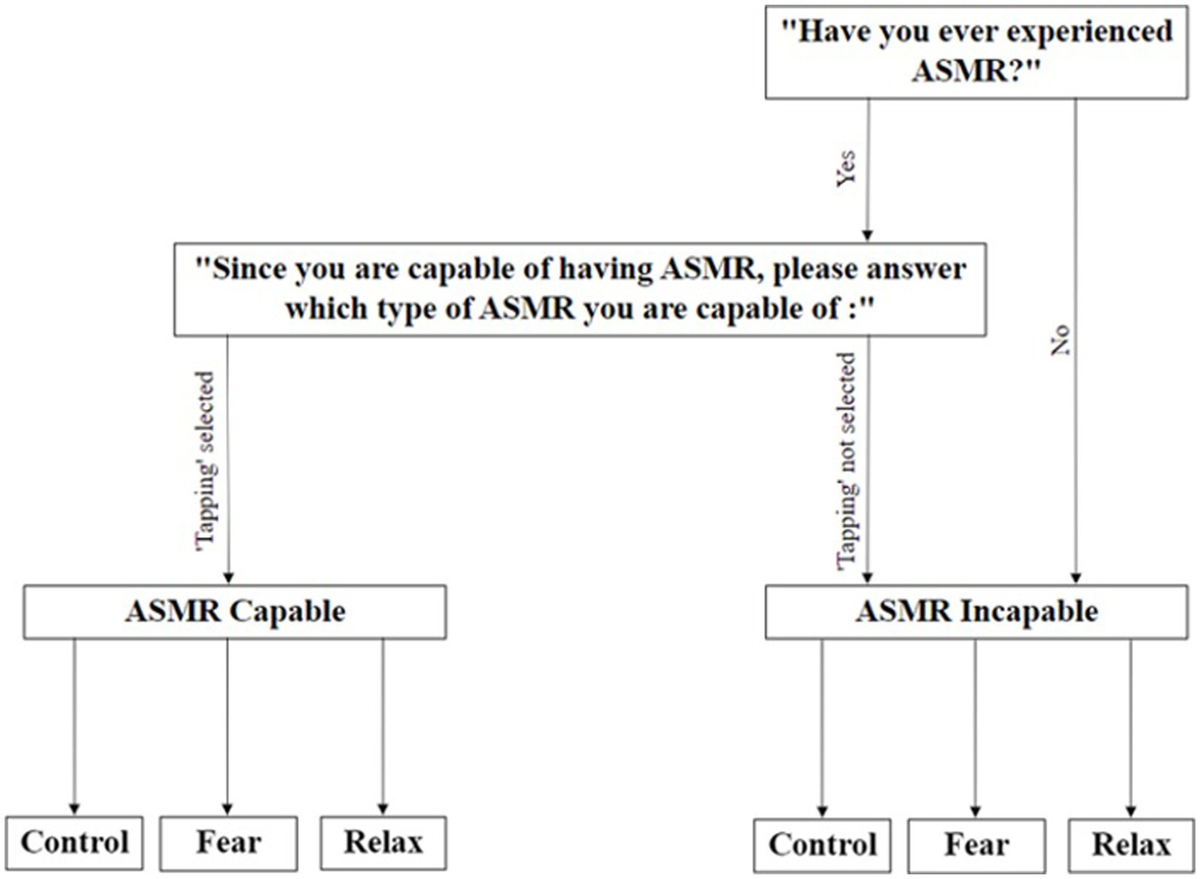
Cultural factors influence not only the triggers but also the psychological and emotional contexts in which ASMR is experienced. For example, research indicates that ASMR may serve as a coping mechanism for individuals dealing with anxiety, stress, or loneliness. In cultures where mental health issues are stigmatized, individuals may find solace in ASMR as a private way to manage their emotional states, often using it to combat feelings of isolation[2][3][8].
Interestingly, ASMR users report varying degrees of effectiveness in reducing symptoms such as anxiety. Those who identify as prone to anxiety or neuroticism often find ASMR particularly beneficial for relaxation[8]. Consequently, these relationships illustrate how the cultural understanding of emotional regulation and mental health influences the way ASMR is utilized and perceived in different societies[2][8].
Conclusion
Cultural differences profoundly influence ASMR experiences, shaping the triggers that individuals respond to and the contexts in which these sensations are understood. As ASMR continues to evolve in contemporary digital culture, it provides a platform for cross-cultural interaction and expression. Recognizing these cultural implications is crucial for understanding ASMR as a complex and multifaceted phenomenon that resonates differently across individuals and societies. By embracing cultural diversity in ASMR content and acknowledging its historical roots, a more comprehensive understanding of this unique sensory experience can be achieved.
Let's look at alternatives:
- Modify the query.
- Start a new thread.
- Remove sources (if manually added).
- Request a manual search from our human research team.
Economic Contributions and Sustainable Practices
Digital nomads, with their capacity to work remotely, present a unique opportunity to foster sustainable tourism by extending tourist seasons and offering a steady income for local entrepreneurs[8]. Unlike traditional tourists, they often seek longer stays, enabling them to forge deeper connections with local cultures and reduce the environmental impact associated with frequent, short-term travel[6]. Some also pay income taxes if they hold citizenship or residency status and earn income in a place[5]. Their economic contributions include spending on local food, accommodations, coworking spaces and transportation[5]. Studies show that nomads typically spend at least 35% of their income in their host communities[5].
EU policy advisor Cinzia De Marzo believes that digital nomads could accelerate Europe’s digital transformation and that the experiences they seek can provide a model for sustainable tourism[5]. Victoria University of Wellington Professor Ian Yeoman thinks the nomad mindset can push regenerative-first approaches to tourism further[5].
Supporting Local Economies and Communities
A key aspect of sustainable travel for digital nomads involves supporting local economies and communities[1]. This can be achieved by eating at local restaurants and street food vendors, giving them a chance to savor authentic cuisine, while also supporting local businesses[1]. Additionally, shopping at local markets and stores supports the local economy, especially when purchasing handmade items from local artisans[1]. By opting for local food establishments, digital nomads can immerse themselves in the local culture and contribute to sustainable tourism practices[1]. Support local farmers, artisans, and businesses that prioritize sustainability[2]. Whenever possible, avoid purchasing mass-produced items made overseas, as this can undermine local artisans and craftsmen[1].
Minimizing Environmental Impact Through Conscious Choices

Digital nomads can minimize their environmental impact by adopting several eco-friendly practices. These include:
- Transportation: Prioritizing sustainable transportation options like trains and buses instead of flights for shorter distances can significantly reduce emissions[2]. Using public transportation, walking, or biking at destinations further reduces their environmental impact[1][2]. Airline selection matters too; choosing airlines that prioritize sustainability and operate fuel-efficient aircraft is beneficial[2].
- Accommodations: Choosing green hotels or guesthouses committed to responsible practices like energy efficiency, water conservation, and waste reduction is crucial[4]. Staying in eco-lodges or coliving spaces that are designed with sustainability in mind[7].
- Reducing plastic waste: Digital nomads can minimize waste by traveling with reusable water bottles, shopping bags, coffee cups, and cutlery[4]. Avoiding single-use plastics[1].
- Sustainable Consumption: Eat local, seasonal foods, which reduces the carbon footprint associated with food transportation and promotes healthier eating habits[2]. Patronizing establishments that align with sustainable practices, such as eco-friendly hotels or responsible tour operators, supports sustainable development initiatives[3].
Respecting Local Customs and Conserving Resources
Respecting local customs and traditions is also essential for digital nomads[1]. Before visiting a new destination, they should take the time to learn about the local customs and etiquette[1]. Some ways to conserve resources are taking shorter showers and reusing towels to conserve water; avoid excessive use of air conditioning or heating[1]. In accommodations, be mindful of energy usage by turning off lights and unplugging electronics when leaving the room[1].
Ethical Wildlife Tourism
Digital nomads interested in wildlife tourism should ensure their activities are ethical and responsible[1]. This involves supporting wildlife sanctuaries that prioritize animal welfare and avoiding places that exploit animals for entertainment[1]. When observing wildlife, maintaining a safe distance ensures the animals are not disturbed or stressed[1]. Also make a conscious effort to avoid purchasing products made from endangered species[1].
Community Engagement and Skill Sharing
Digital nomads can further contribute to sustainable tourism by volunteering for local community projects during their travels[1]. They can also donate to local charities and organizations that support sustainable development[1]. Furthermore, they may also engage in skill-sharing to assist local communities with web design, marketing, or content creation[6]. According to Piboonrungroj, the importance of nomads in developing the local creative economy is notable[5]. More than half of the economic production of Chiang Mai’s creative sector comes from people who aren’t formal residents[5].
Advocating for Sustainability and Responsible Tourism
Digital nomads can use their platforms to advocate for environmental sustainability[2]. This includes sharing eco-friendly practices, supporting environmental causes, and raising awareness about climate change and conservation efforts[2]. They also can promote responsible tourism through social media and writing, highlighting sustainable practices they encounter during their travels[1].
Leaving No Trace
A fundamental principle of sustainable travel is leaving no trace, ensuring the environment and local communities are not harmed[1]. Clean up after yourself by properly disposing of trash and leaving public spaces clean and tidy. Avoid bringing non-native plants or animals to new areas, as invasive species can harm local ecosystems[1].
Government and Policy Support
Governments seeking to leverage the nomad opportunity can implement visa programs that allow nomads to stay for extended periods[5]. This allows for the collection of quantitative data on their contributions to the local economy, such as tax dollars and local spending[5]. Providing incentives for nomads to spend their money locally can also be effective, such as through discounts at local businesses or reduced tax rates for those who contribute to the local economy[5]. Support initiatives that encourage skill-sharing and volunteering between nomads and host communities[5]. By measuring nomads' contributions to local economies, governments can understand the value of this demographic and support a more sustainable and creative approach to welcoming overseas travelers[5].
Let's look at alternatives:
- Modify the query.
- Start a new thread.
- Remove sources (if manually added).
- Request a manual search from our human research team.

Owala FreeSip Insulated Stainless Steel Water Bottle
Known for its spill-proof design and versatile drinking options, this water bottle has become a must-have[2][3].

Lululemon Everywhere Belt Bag
A trendy accessory providing a stylish way to carry essentials, praised for its practical design and popularity among various age groups[1][3].

Theragun Pro Plus
A top multifunction massage gun designed for muscle relief and recovery, with multiple attachment options[4].
Hatch Restore 2
A sleep aid device that combines an alarm clock, sunset lamp, and sound machine to help with sleep routines[3].

Amazon Kindle Paperwhite
A lightweight e-reader perfect for book lovers, housing a large library within its sleek design[2][3].

3Doodler Flow 3D Printing Pen
A creative tool ranked as the best for beginners, providing hours of entertainment through 3D printing[1][4].

Custom Neon Sign
A personalized decor piece available in various colors and fonts, loved for its quality and customization options[1].

Apple AirPods Max
Premium headphones featuring immersive sound quality and noise cancellation, highly recommended for music lovers[2][3].
Hatch Restore 2
A multifunctional device that also helps with sleep hygiene through customizable wind-down and wake-up routines[3].

Cozy Earth Cuddle Blanket
A luxurious throw blanket favored for its softness and ideal for cozy evenings[4].

Biib 9-in-1 Multitool Pen
A versatile pen featuring multiple functions, making it a practical gift option[1].

Nike Killshot Glitter Swoosh
A stylish sneaker combining classic design with modern glitter accents, suitable for casual wear[4].

Summer Fridays Holiday Lip Butter Balm Set
A popular lip balm set that has garnered attention for its hydrating properties and adorable packaging[2].

Kitsch Satin Heatless Curling Set
A growing trend in hairstyling kits that allows for heat-free curls overnight, promoting hair health[2].

Harry & David Grand Signature Gift Basket
A beloved gift basket filled with sweet and savory snacks, making it a great present for various occasions[4].

Glossier You Rêve
A new fragrance from Glossier that's a perfect gift for both perfume novices and aficionados[2].
Aesom Geranium Leaf Body Cleanser and Balm Set
A luxurious body care set with a fresh feeling and great scent, ideal for self-care gifting[3].

Eberjey Gisele Modal Short PJ Set
Soft and stylish pajamas that are a crowd-pleaser when it comes to comfy loungewear gifts[2].

Mark and Graham Travel Jewelry Case
A personalized jewelry case ideal for travel, offering a practical design with a built-in mirror[2].

Cuyana Travel Case Set
A chic travel case set designed for organization, customizable with initials for a personal touch[4].
Polaroid Instant Camera
An instant print camera perfect for capturing memories in the moment during social gatherings[3].
Let's look at alternatives:
- Modify the query.
- Start a new thread.
- Remove sources (if manually added).
- Request a manual search from our human research team.
Let's look at alternatives:
- Modify the query.
- Start a new thread.
- Remove sources (if manually added).
- Request a manual search from our human research team.





